US Open Practice Day 3
JT's perspectives from inside the ropes at the 2012 US Open.
After three days of practice, the best players in the world are ready to start the US Open competition. Every hole has been tested, and the most challenging holes have been identified. Not surprisingly, Hole 13 tops the list of most players as likely to be the most difficult to make par or better.
Word gets around, and the USGA listens. On day 3 of practice the USGA had their course specialists evaluating play on Hole 13. The question to be answered was whether the hole was unfair to players making good shots to the green -- does a ball hit to the left side of the green usually roll off the putting surface and down into the hazard? The USGA is always concerned to have a layout that tests shotmaking skill without punishing a good shot.
The answer gradually became clear. Hole 13 is fair to straight shots and fades, but a draw is at greater risk of rolling off the green and down the lateral hazard. A draw does not seem like a good strategy here. Hole 13 is challenging but it's not unfair. We don't expect the USGA to do much more than reduce mowing frequency around the green. Here's what it looked like the day before the tournament.

We had an opportunity to witness some great golf on Hole 13 during the practice rounds. The closest to the hole was by Ryo Ishikawa. He missed a hole-in-one by inches leaving less than a couple of feet for the birdie putt. There hasn't been much US media hype this week about the phenomenal young golfer from Japan, allowing Ryo to slip by under the radar. But golfers in Japan get reminded constantly about how great a player he is. Olympic will test his ability to be a factor in the tournament.
The day before a major tournament is filled with activities that most fans may not know about. For this event, the USGA officials wandered the course repeatedly. They walk through each hole checking hazards, tee locations, hole locations, and they look for conditions that might adversely affect play. For example, at the the back of the green for Hole 12 (it's right next to the Hole 13 tee area) a tall media platform has been erected. Towers like this one are located behind every hole, and they have broadcast TV cameras, volunteers, and sometimes one or two staff. It's part of what makes modern golf broadcasts increasingly entertaining.
This camera tower was erected somewhat close to the backside of the green. There was little choice due to local terrain constrictions. But it could affect play when an aggressive approach shot comes in a little too hot. The ball could roll off the back of the green, through the rough, and right into or under the tower. Players can't address the ball or swing a club at the ball without hitting the tower. That makes the tower an obstruction. And it brings a whole set of rules into consideration.
The turf in front of the tower is marked with a white line to identify the border of the obstruction. A ball that crosses this line enters the obstruction and gets relief as prescribed by the rules. A drop zone is circled in white paint on the turf nearby where the player whose ball enters the obstructions can be dropped in accordance with the rules. What to do and how to do it are described in detail by the Rules book and the Decisions book with the most efficient text in the English language -- at least we think it's English. It takes a committee to determine that the rules are properly applied and that no player is placed at a disadvantage caused by a man-made obstruction.
Several visits to the tower in question were made during the day by different teams of rules officials. Everyone needed to agree on the issues at hand. The bleachers and the tower behind the green at Hole 13 are obstructions too. There are white lines painted on the ground and two drop zones. Maybe it's an unintended way to say that Hole 13 is twice as difficult.






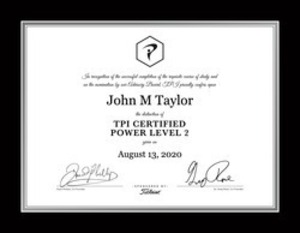


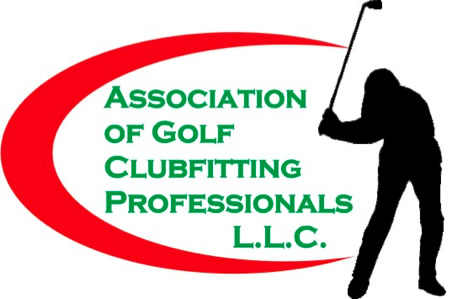

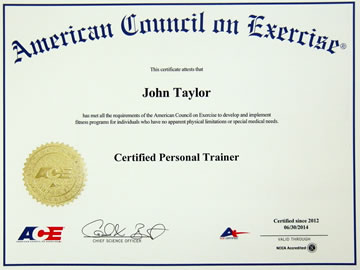
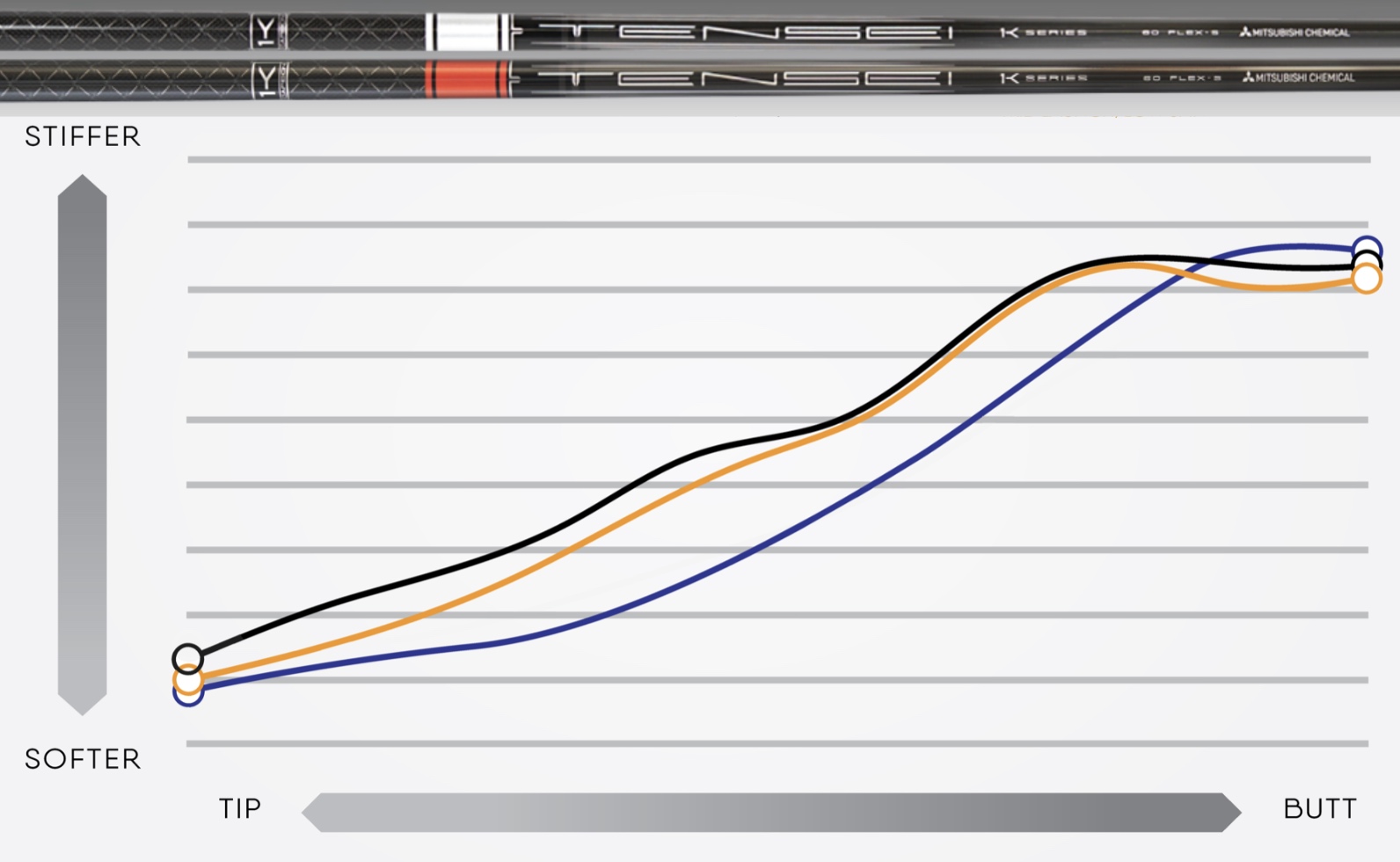
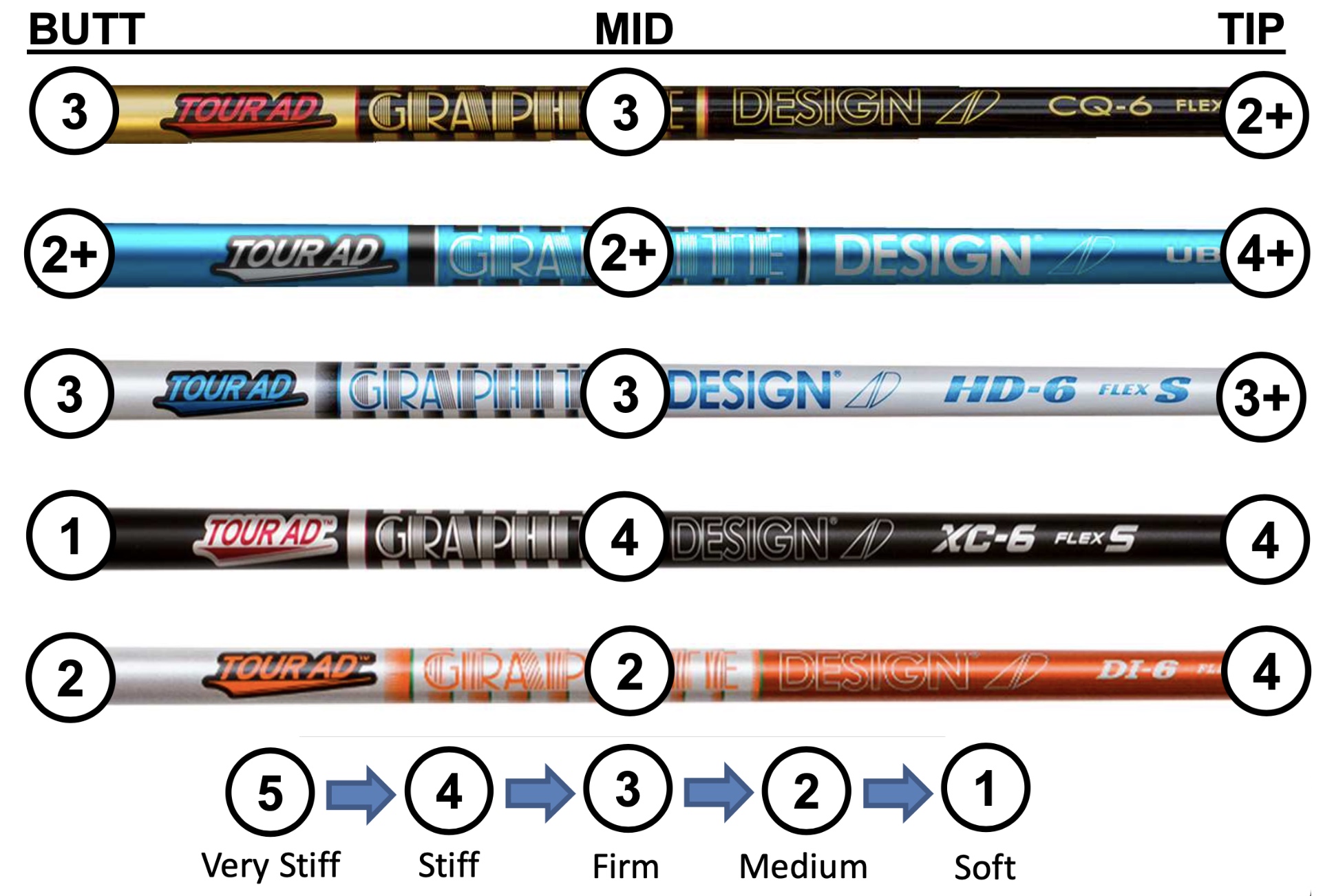















 John Taylor
John Taylor
Reader Comments